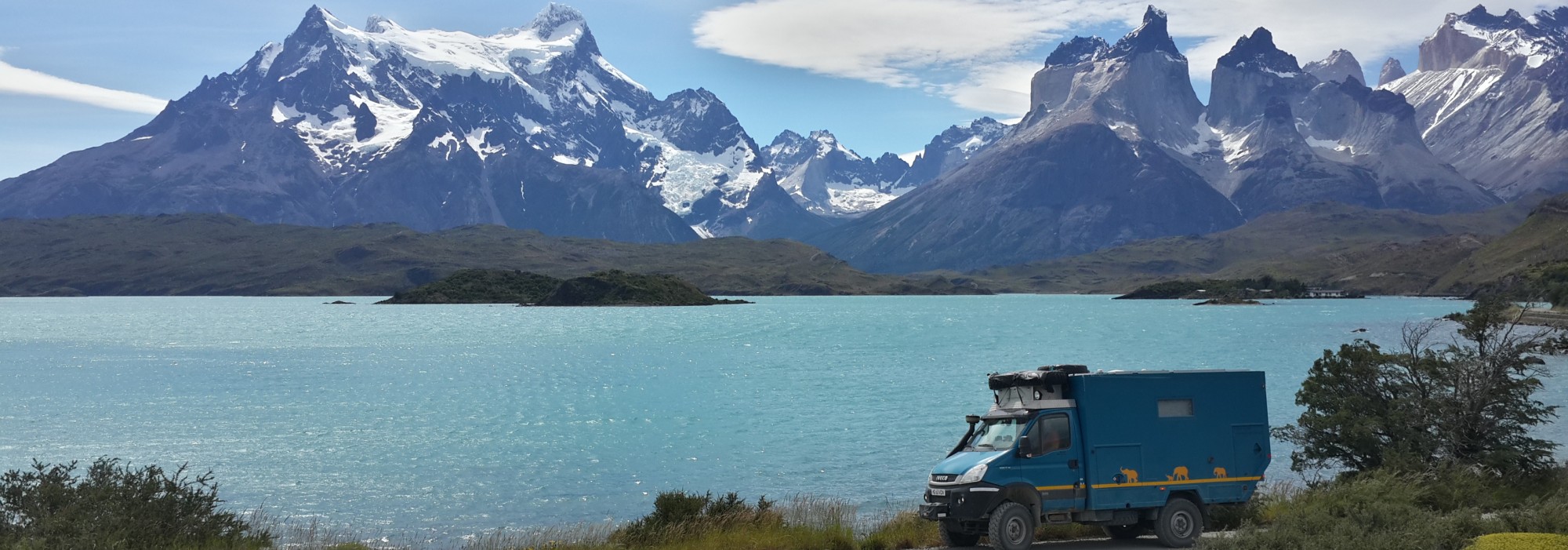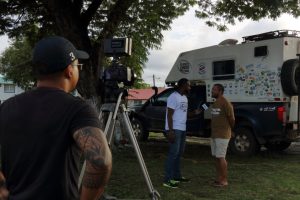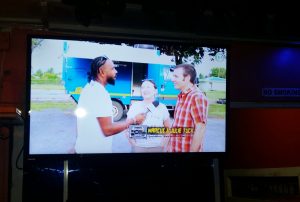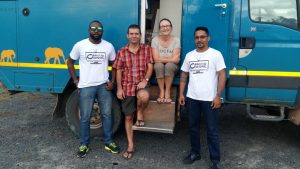Driving into a new country you inevitably find yourself comparing it to the one you have just left. What’s different? What’s the same? Is the food (or more importantly, the beer) any better or worse? We really enjoyed our time in Suriname with the drone and the jungle kids, now in our north Guyana blog we find: (i) TV stardom, and (ii) a very expensive car ferry.
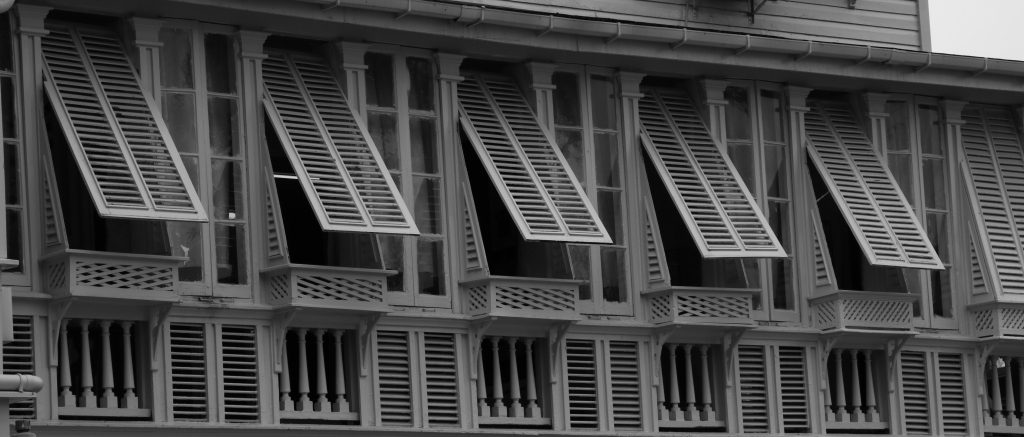
To toll, or not to toll?
First impressions… English is the official language (hurrah!) and we’re still driving on the left. Along the coast, there’s a far greater density of road-side population than we saw in Suriname. Guyanese coastal development includes numerous banks with ATMs, none of which accepted our UK cards to dispense local money. No problem, we thought, we’ll get some when we arrive in Georgetown. Well… yes, we could indeed do that. But that didn’t help us when we came across a toll-bridge to get to Georgetown! For smaller vehicles, there is no toll heading in that direction. But for ‘big rigs’ there is a fee. Luckily, Cuthbert is a small-fry in the big-rig league. We went onto the weighbridge and our toll was calculated to be only a few hundred Guyanese dollars (around £1). Marcus pleads our dilemma with the toll-booth lady and she lets us go for free. Phew!
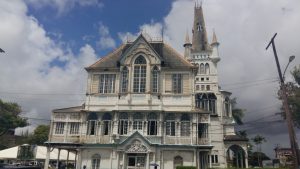 Our primary mission on Day 1 in Georgetown is to do battle with Guyanese bureaucracy to extend Cuthbert’s temporary import permit (TIP). Unlike most countries where a vehicle permit is granted for the same period as the owner’s personal entry permit, in Guyana we receive 90 days for ourselves but only 15 days for Cuthbert. Even after a morning of officialdom, Cuthbert’s permit is only extended up to 30 days, but it’ll do.
Our primary mission on Day 1 in Georgetown is to do battle with Guyanese bureaucracy to extend Cuthbert’s temporary import permit (TIP). Unlike most countries where a vehicle permit is granted for the same period as the owner’s personal entry permit, in Guyana we receive 90 days for ourselves but only 15 days for Cuthbert. Even after a morning of officialdom, Cuthbert’s permit is only extended up to 30 days, but it’ll do.
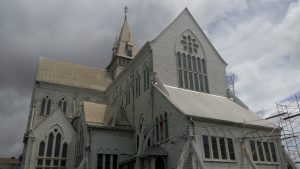 A good bit of news in Georgetown is that we meet up once again with our friend Erick, the Costa Rican overlander. There is only one route through ‘the three Guyanas’ so it’s inevitable that we’re shadowing each other along the route. Together with Erick we do a bit of Georgetown exploration. Unlike Cayenne and Paramaribo, Georgetown doesn’t have a historic centre as such, but it does have some nice colonial architecture dotted around and an interesting wooden cathedral. Streets are wide and often leafy with some park areas. Like Cayenne and Paramaribo, it’s a great melting-pot of cultures. There’s a bit of a Caribbean vibe, the street-food is good, the beer is cold, the people are friendly… what more do we need?
A good bit of news in Georgetown is that we meet up once again with our friend Erick, the Costa Rican overlander. There is only one route through ‘the three Guyanas’ so it’s inevitable that we’re shadowing each other along the route. Together with Erick we do a bit of Georgetown exploration. Unlike Cayenne and Paramaribo, Georgetown doesn’t have a historic centre as such, but it does have some nice colonial architecture dotted around and an interesting wooden cathedral. Streets are wide and often leafy with some park areas. Like Cayenne and Paramaribo, it’s a great melting-pot of cultures. There’s a bit of a Caribbean vibe, the street-food is good, the beer is cold, the people are friendly… what more do we need?
TV Stardom
After a few days in Georgetown, we find the warm welcome extends to an invitation to feature on TV for Guyana’s version of Top Gear: Car Culture (well… having once attended the filming of Top Gear in UK, we can see that Car Culture doesn’t have quite the budget of Top Gear, but the idea’s the same 🙂 ). The presenter and his cameraman come to meet us and Erick in the gardens of the Expo Centre. He interviews us briefly about Cuthbert and our travels, then does the same with Erick. The broadcast slot is prime-time at 19:30 hrs on Saturday night, so we find a bar with a TV to see how the programme looks after editing.
After some tasty fried fish, it’s time for our ‘15 minutes of fame’ – we sit back and wait for the crowd to form an orderly queue for autographs 🙂 Thankfully, the punters are far more interested in their beer than Cuthbert’s TV debut. One waitress recognises us from the screen and seems a little excited to have TV-personalities in her presence, but otherwise our ‘fame’ goes gratefully unrecognised (see below for a YouTube clip from the broadcast).
Ferry tolls
So, what do you think is Guyana’s biggest tourist attraction? Any ideas??? Okay we’ll tell you… its Kaieteur Falls. It’s deep in the interior of Guyana with no road access and tricky to get to. We’ve seen a lot of waterfalls on our travels, including Victoria and Iguassu. Years ago I trekked to the ‘mother of all waterfalls’ – Angel Falls in Venezuela which really is spectacular. So is Kaieteur just another waterfall? Flights in/out for an afternoon shufty are the most common way to see it, but we’ve been warned that these touristy ‘cattle herding’ trips are very rushed and less than satisfactory. Can’t be doing with that!
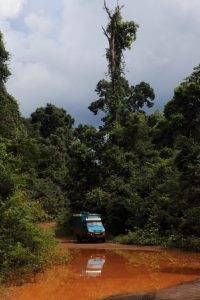
Nice day for a jungle drive
The alternative is a challenging route to Kaieteur by land. It’s not a well-trodden path, but the Tourist Office is extremely helpful and makes some calls to the Kaieteur Rangers on our behalf. The trip will involve a rough drive to the small jungle town of Mahdia, then finding a local boatman to take us up-stream. Mid-way up-river there are a couple of smaller waterfalls around which we’ll have to carry the boat, then finally there’s a long, steep hike to Kaieteur top. We’ll need to carry all our own food and equipment and we’re also warned that the boatman won’t be cheap.
This will probably work-out more expensive than flying, but it sounds more fun, so together with Erick we decide to give it a go. Armed with the names of some boatmen who might be prepared to take us up-stream, we’re ready to set-off for Mahdia in a mini-convoy of two camper-trucks.
The day before we leave, the Tourist Office emails us with reports from the national news: Mahdia is suffering the worst rains in over 30 years and is cut-off by floods 🙁 After a couple of days more hanging around in Georgetown, the latest reports are of improving conditions but there is still a massive clearing-up operation underway in the area. Hmmm… the boatmen might be a bit busy… but we decide to head-off and see how far we get.
Unfortunately, there’s one teeny detail that we haven’t checked out: the river-crossing ferry on the road to Mahdia. When we get there, a smiley man in a kiosk asks for GYD22,000. We think we have mis-heard him… that’s over US$105!! “Errr… excuse me? We don’t want to buy the ferry, we just want a ride across the river” Yup! That’s the price. How can it possibly cost US$105 to take one vehicle on a flat-bed ferry, less than 10 minutes across a 300m wide river?? They’re havin’ a giraffe!! And this isn’t a sort of ‘negotiable’ make-it-up-as-you-go-along kind of price that is occasionally encountered in such parts of the world; this is the published price which (had we been sufficiently diligent to do so) we could have discovered in Georgetown before we left.

The three of us ponder for a while…. We’re not going to go bankrupt over US$105… but really? Just to get to the starting point of a possible trek to a waterfall-schmaterfall? How much do we really want to go there? Adding the cost of the ferry to the predicted prices for boatman, park passes, guide, accommodation etc, the total cost of seeing Kaieteur is going to be hundreds of pounds; it’s starting to fall firmly into the ‘more money than sense’ category of tourist attractions. Out of interest we’ve done a comparison… when converted to an hourly rate, this river ferry works out to be more several times more expensive than our Antarctica and our Galapagos cruises!!
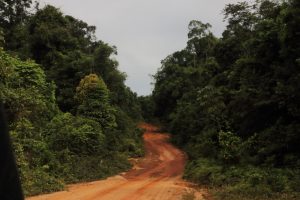
Super-highway (Guyana-style)
Okay… it’s time for ‘Plan B’ to leap into action… back to the ‘highway’ and continue south to see some of Guyana’s other attractions in the interior. Of course, the ferry operator won’t miss our contribution to their beer-money, but we have to admit to just a teeny bit of satisfaction from not caving-in to the ridiculous prices they seem to believe anyone will pay.
Back on the main, and only, north-south highway (the term ‘highway’ being used in the loosest possible sense of the word – it’s more the occasional flat bit of dirt, dispersed amongst hundreds of kilometres of muddy, water-filled pot-holes) we continue the south. It takes us through deep jungle to another river-crossing ferry. But fear not, dear reader… no nasty surprises at this one! We have already bought the ticket in Georgetown! Over the Kurukupari crossing, it’s onwards to the long rough road to the Rupununi Savannah of south Guyana (Coming soon…!).
Link to next blog: Guyana: Rupununi Link to full South America Blog
